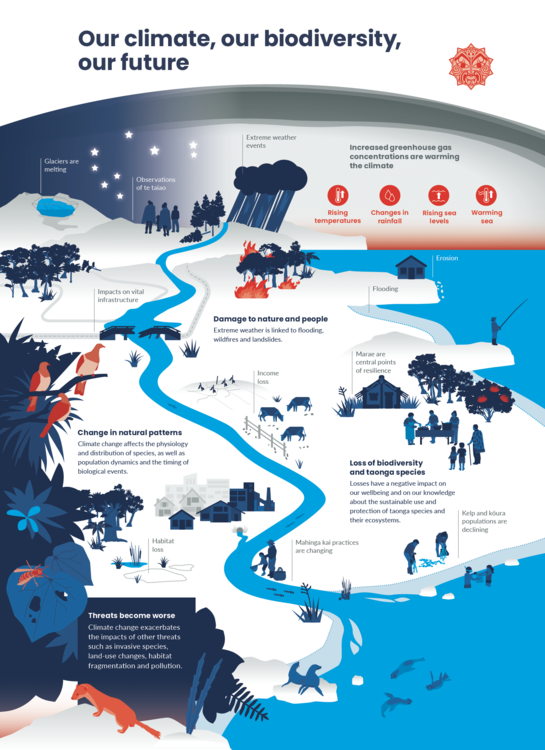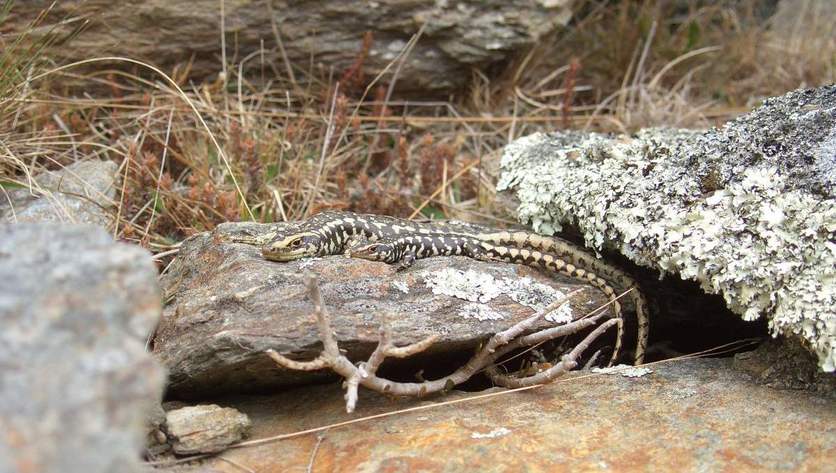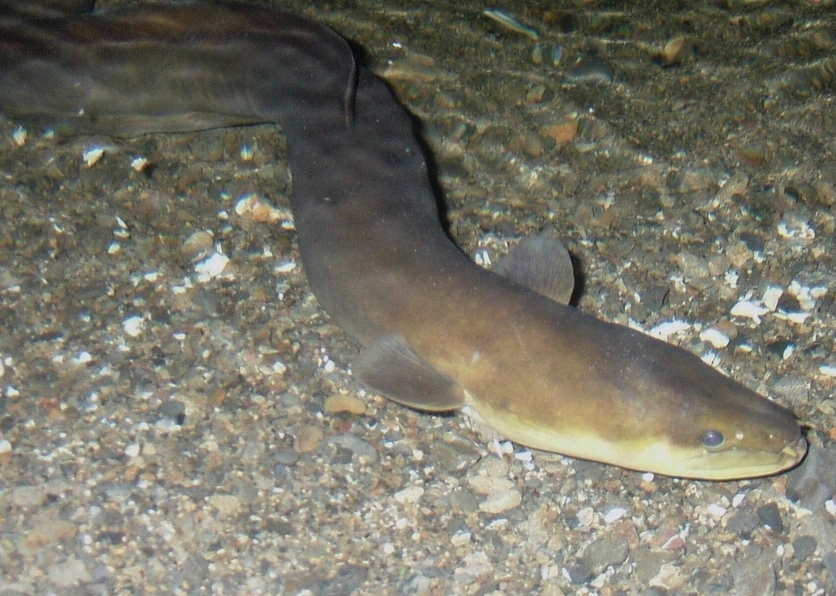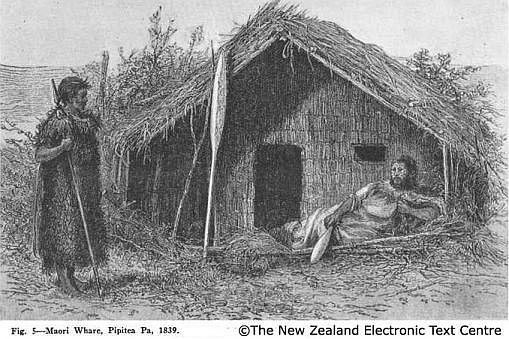Aotearoa New Zealand is home to an amazing diversity of living things, many of which are endemic – only found here. Nowhere else on the planet has such a range of bird and insect life but with so few endemic terrestrial mammals (just two species of bats). Many of our plants, fungi and freshwater fish are also endemic.
When we move from the land to New Zealand’s huge underwater area (the exclusive economic zone), the list of native and endemic species becomes truly enormous. Around 80% of our native species actually live in the ocean!
Threats to our native species
Our unique species have been facing numerous threats – from predators, myrtle rust, kauri dieback and other biosecurity issues. Climate change creates additional problems and has the potential to worsen existing threats. Atmospheric greenhouse gases are causing temperatures to increase. Because the Earth is a system where everything is interconnected, changes in one area can influence changes in all others.
Our atmosphere and climate support all aspects of our lives. They underpin the functioning of ecosystems, our economy and communities, with consequences for our safety and security.
Our atmosphere and climate 2023 is an environmental report produced by the Ministry for the Environment and Stats NZ. It examines the most up-to-date environmental indicators and recent scientific evidence regarding the changing state of the atmosphere and climate. The report intentionally expands the integration of te ao Māori and mātauranga Māori as well as Māori research and evidence. The 2023 report places a primary emphasis on the effects of climate change on biodiversity and ecosystems. It also describes the impact of climate change on our public health, wellbeing, culture, economy, infrastructure and recreation.
Examples of changes to native species
Climate change is causing many changes:
- Species’ physiology – for example, Otago skinks are well adapted to live in cooler climates. When their body temperatures become too warm, they seek shelter to cool down. This means less time out and about to find food or defend their territories.
- Species’ distribution – for example, native butterflies are predated by introduced wasps. Alpine butterflies have been able to avoid this risk as their habitats are above the wasps’ altitudinal limit. Warming temperatures allow wasps to live at higher altitudes and pose a danger to butterflies and other native invertebrates.
- Population dynamics – for example, tuatara have a system called temperature-dependent sex determination. Tuatara lay their eggs in soil, and the temperature of the surrounding soil determines the sex of the offspring – warmer temperatures produce males and cooler temperatures produce females. There’s a risk that warming temperatures will impact population viability due to higher ratios of males.
- The timing of biological events – for example, the frequency of mast events – when plants produce a larger than normal amount of seeds – has been linked to changes in temperature. Beech mast can lead to an outbreak of pests, which poses an increased threat to native animals.
Although these examples focus on individual species, all of them are an integral part of complex food webs and ecosystems. Changes can have cascading effects to other parts of the system. The impact of climate change on one species can ripple through a food web and affect a wide range of other organisms. It is like a chain of reaction and has the potential to disrupt many ecological processes.
Species can persist in changing environments by either moving to better conditions or by adapting. Some species are highly adaptable and can tolerate various climatic conditions, while others can’t. For example, warming may force some species to migrate to higher elevations where temperatures are more conducive to their survival. Similarly, as sea level rises, saltwater intrusion into a freshwater system may force some key species to relocate or die.
Visualising the impacts on biodiversity
Our climate, our biodiversity, our future is an interactive storymap that uses a collection of stories arranged to show the interconnection of ki uta ki tai – mountains to the sea – which illustrate how the climate is changing, how it impacts our indigenous biodiversity and what is being done to help. This activity helps educators deepen student engagement with the storymap.
Impacts on humans
Humans are part of te taiao, not separate from it. Climate change also has impacts on people and our cultural, social and economic wellbeing. For Māori, climate change threatens the loss of culturally significant land, taonga species and resources affecting the perpetuity of mātauranga and tikanga.
The combined climate and biodiversity crisis pervades almost every aspect of our life and society. Shifts in these systems threaten our safety and security, jeopardise the links between people and the environment, and affect our physical, economic, mental and cultural health.
Our atmosphere and climate 2023
Indigenous knowledge is impacted by changing climates, seasons and loss of taonga species, but it is also adaptable. For example, traditional tohu, which are used to help forecast changes in the natural environment, are becoming less reliable – the timings of tohu are changing. Māori developed detailed knowledge of tohu through close interactions with local environments and processes over time and have been able to contextualise the effects of climate change at local scales.
The changing climate does require knowledge adaptation to happen quite quickly, and this may affect the environmental observations of the maramataka in some areas and undermine mātauranga Māori. However, a changing climate is not new for Māori. Māori have always been scientists through navigating expansive oceans, applying a detailed regionally specific division of time and being immersed with the natural rhythms of the environment.
Explore additional Māori insight – māramatanga Māori – related to climate and impact on biodiversity.
Human intervention (emissions reduction and biosecurity responses), mitigation and adaptation can create change. Strong evidence – through the use of two knowledge systems here in Aotearoa – positions us well to best deal with the threat of climate change and biodiversity loss.
Nature of science
The complexity of the climate system means it can take time for observations related to climate change to be confirmed statistically. Aotearoa has some valuable long-term environmental datasets. Quality data is crucial for understanding how actual observed changes are tracking with climate projections and whether any adjustments in the projections are needed.
Related content
Explore additional Māori insight – māramatanga Māori – related to climate and impact on biodiversity.
Biodiversity concepts:
- Biodiversity – article
- Seed banks – protecting biodiversity – article
- Population biology – article
- Introducing biodiversity – activity
- Threats to biodiversity – activity
Climate change resource curations:
- Our atmosphere and climate – introduction curates a suite of resources developed in collaboration with the Ministry for the Environment and Stats NZ. Resources highlight climate connections and implications for Aotearoa and for Māori. They have a strong focus on evidence and data.
- Our atmosphere and climate 2020 – a collection focusing on the 2020 report.
- Climate change – a collection with a focus on the science of climate change and associated socio-scientific issues, including melting ice and sea-level rise.
- Climate change (HoS) supports the House of Science Climate Change resource kit but it is also useful for anyone exploring what is climate change, ocean acidification, sea and land water, how climate change affects Māori, the Earth’s interacting systems and ideas to tackle these wicked problems in the classroom.
Useful links
Stats NZ and the Ministry for the Environment report on the state of different aspects of the environment every 6 months and the environment as a whole every 3 years. Find their reports here.
This New Zealand Herald article looks at how climate change is throwing beech forests ‘out of sync’.
This American Scientist article looks at threats to tuatara.
Acknowledgement
This resource has been produced with the support of the Ministry for the Environment and Stats NZ. © Crown copyright.






